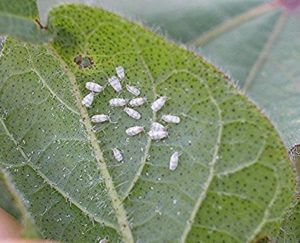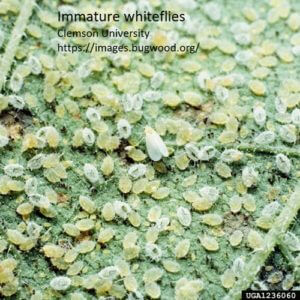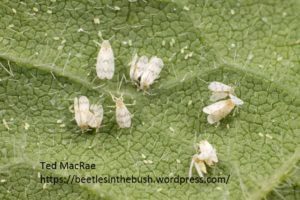Management options
| Insecticide (Trade Names) for WHITEFLY | Lb Active Ingredient per Acre | Amount Formulation per Acre | Performance Rating |
|---|---|---|---|
| acephate 90 (Orthene 90S) | 0.45 - 0.9 | 0.5 - 1 lb | 7 |
| spiromesifen (Oberon 4) | 0.125 - 0.25 | 4 - 8 oz | 8? |
| thiamethoxam (Centric 40 WG) | 0.05 | 2 - 2.5 oz | 7 |
- Infestations are often associated with repeated insecticide applications for other pests that have disrupted populations of natural enemies. Avoid unnecessary insecticide applications.


